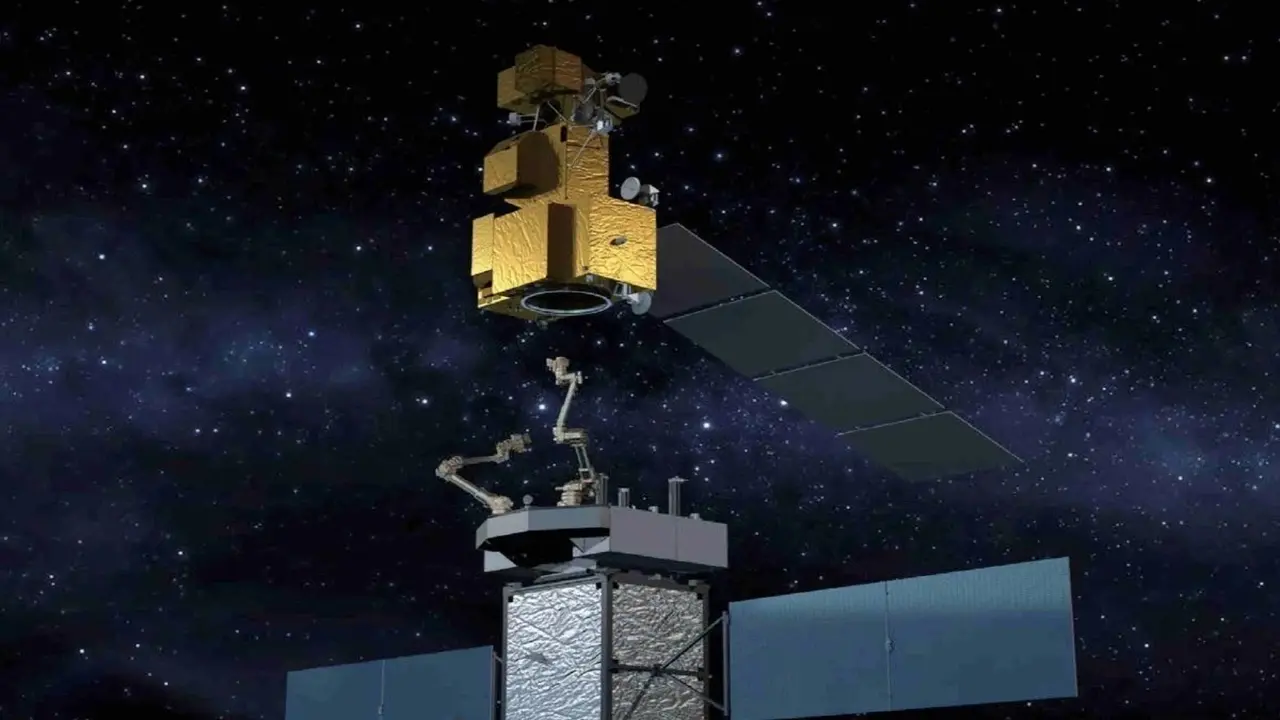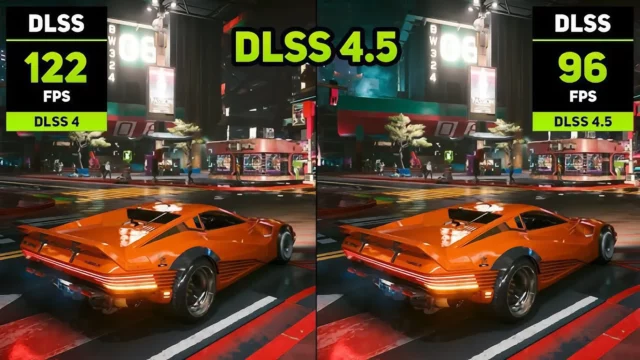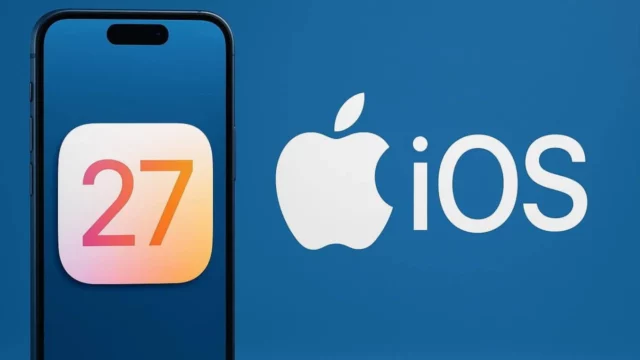China has successfully refueled two satellites in Earth orbit for the first time. The refueling occurred between Shijian-21 and Shijian-25 in geostationary orbit. While no official announcement has been made regarding the mission, optical data from the US-based space observation firm COMSPOC and the Swiss-based s2a systems confirmed the docking of the two satellites.
China Succeeds in Orbit Refueling
Shijian-25 was launched into space in January 2025. Shijian-21 has been in space since 2021. COMSPOC determined that the two satellites made a series of close passes in geosynchronous orbit starting on June 13.

On this date, the distance between the two satellites decreased to approximately 1 kilometer and remained stationary for approximately 90 minutes. Simultaneously, two US surveillance satellites, USA 270 and USA 271, positioned themselves on either side of the Chinese satellites.
According to data recorded by s2a systems on June 30, the two Chinese satellites approached each other again. During the observations, both satellites were located 35,786 kilometers above the equator. The company announced on July 2 that Shijian-21 and Shijian-25 were no longer distinguishable from each other by that day. It was assessed that the two satellites had fully docked and completed a fuel transfer on the same day.
The refueling mission is reportedly related to Shijian-21’s previous missions. In 2022, this satellite deorbited the decommissioned Beidou-2 G2 satellite and carried it to a graveyard orbit. This maneuver is known to have consumed a significant amount of fuel. It is suggested that Shijian-25 may have refueled Shijian-21 during this mission.
In-orbit refueling is among the strategically important technologies in space exploration. Beyond extending satellite lifespans, such technologies are considered essential for the sustainability of deep space missions.
This operation, conducted by China, expands the scope of unmanned space missions and is being closely monitored by other space agencies. The US is known to plan to test a similar technology in 2026.













